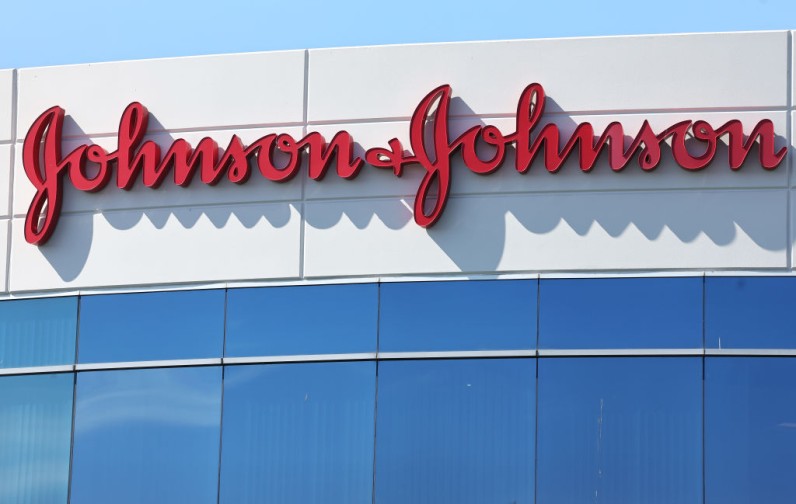
Johnson & Johnson (J&J) is investing $2 billion to grow its manufacturing in the US, with a focus on creating more American jobs and increasing access to important medicines.
The company announced on August 21, 2025, that the money will be spent over 10 years to build and operate a new 160,000-square-foot manufacturing facility in Holly Springs, North Carolina.
According to FoxBusiness, the new plant will be located at the biopharmaceutical site run by Fujifilm and is expected to create about 120 jobs in the state. J&J says this is just one part of a larger effort to expand its US manufacturing footprint.
"Johnson & Johnson has more manufacturing facilities in the US than in any other country, and we continue to strengthen our presence here," said CEO Joaquin Duato.
"With the recent signing of the One Big Beautiful Bill Act, we continue to expand our investment in the US to lead the next era of healthcare innovation."
🚨 JUST IN: Johnson & Johnson announces a $2 billion investment in the United States for manufacturing in NORTH CAROLINA, a push to ensure the vast majority of advanced medicines are made in America.
— Eric Daugherty (@EricLDaugh) August 21, 2025
The experts continue to lose. pic.twitter.com/f7Au5EEzlW
Johnson & Johnson to Build New Medicine Plant in North Carolina
This move follows J&J's earlier announcement in March that it would invest $55 billion in US-based manufacturing, research, and technology over four years, PharmTech said.
That plan includes building a new facility in Wilson, North Carolina, expected to bring over 500 permanent jobs and 5,000 temporary construction jobs.
The new Holly Springs facility will focus on making advanced medicines. J&J also plans to build more manufacturing sites and expand current ones in the US in the near future.
The company wants most of its advanced medicines to be made in America.
The rollout also comes as the US government encourages more businesses to shift manufacturing back to domestic facilities.
President Donald Trump has warned of tariffs as high as 250% on pharmaceutical imports. His administration says it wants to make the US "the manufacturing superpower of the world."
Still, bringing manufacturing back to the US isn't easy. Economist Michael Szanto noted that setting up advanced factories is a long, costly process, often taking years and requiring billions of dollars in investment.
He also pointed out that labor shortages and high costs are major challenges, though the US has strong energy resources and growing automation to help.







Join the Conversation